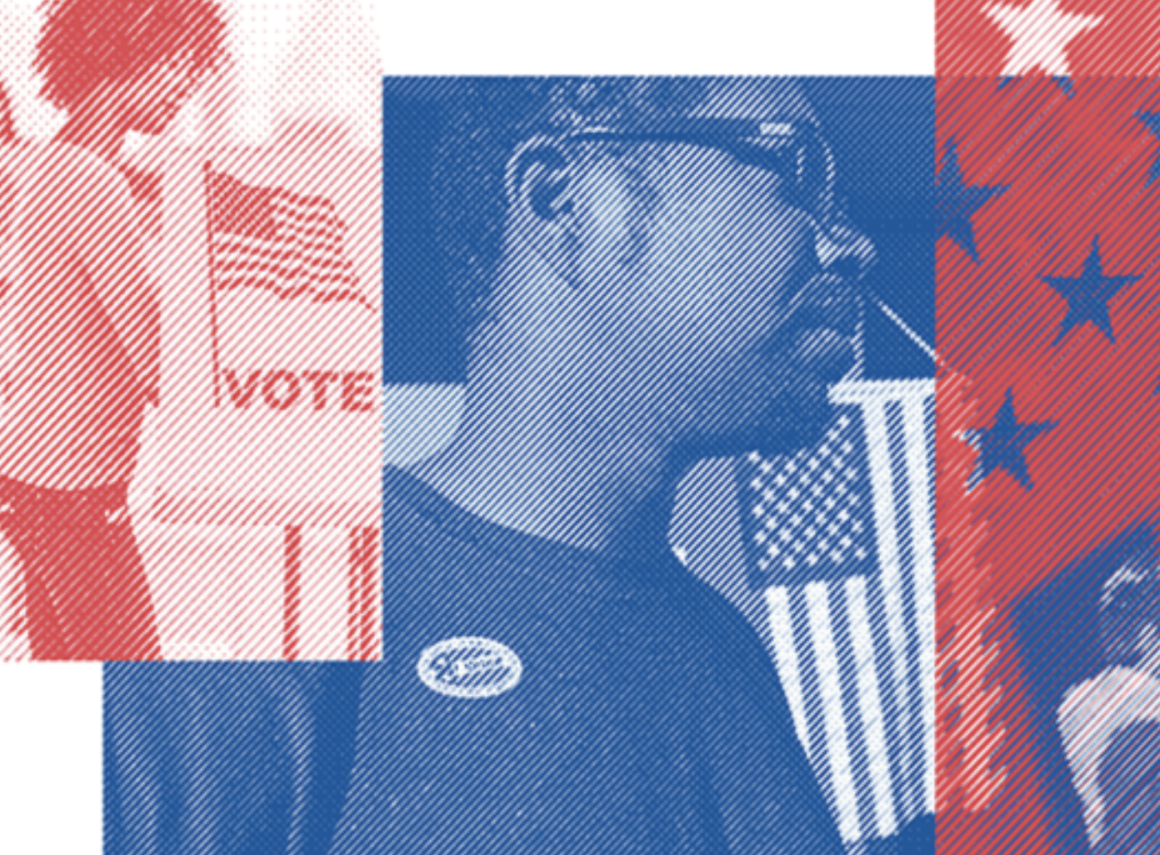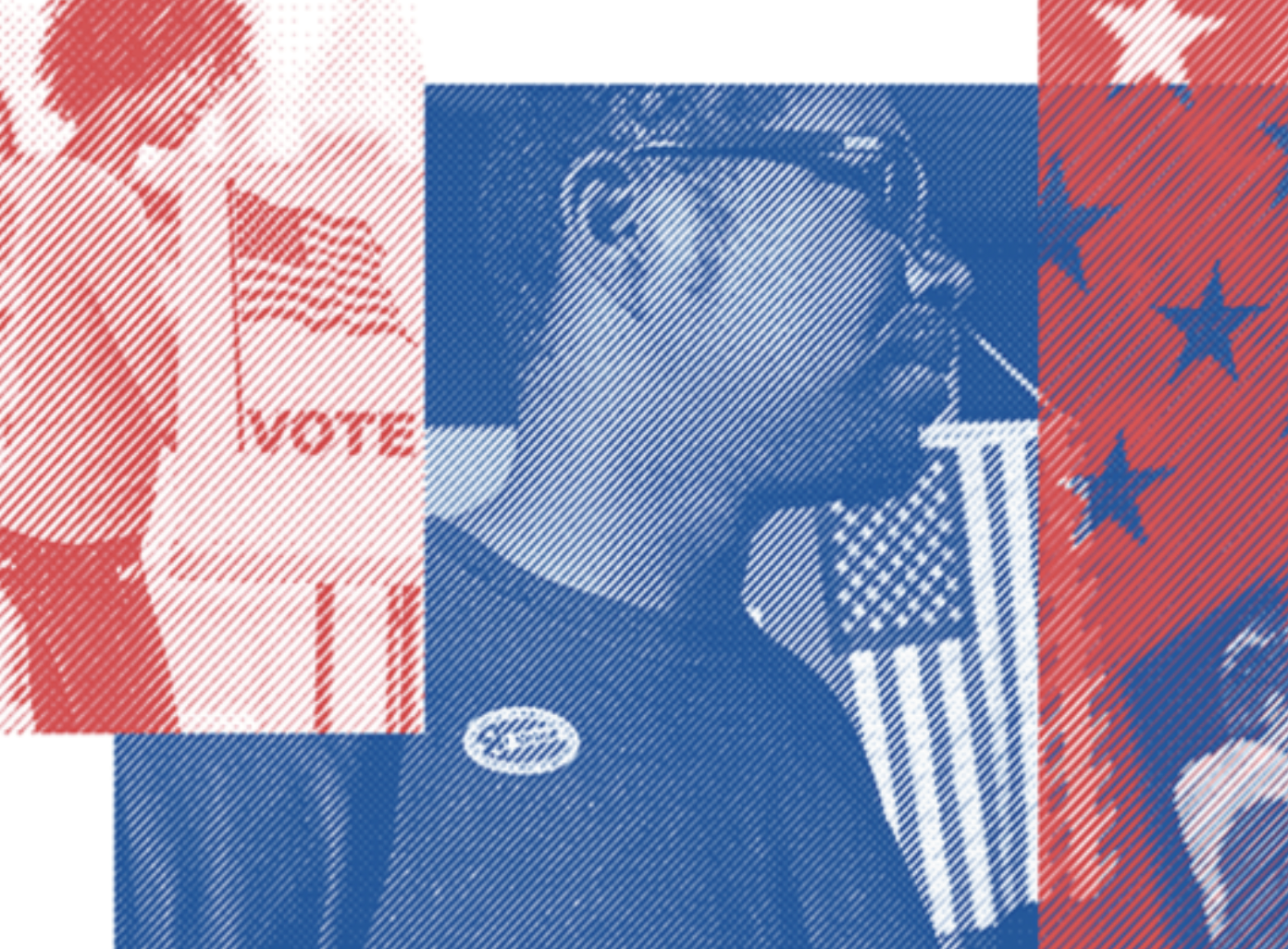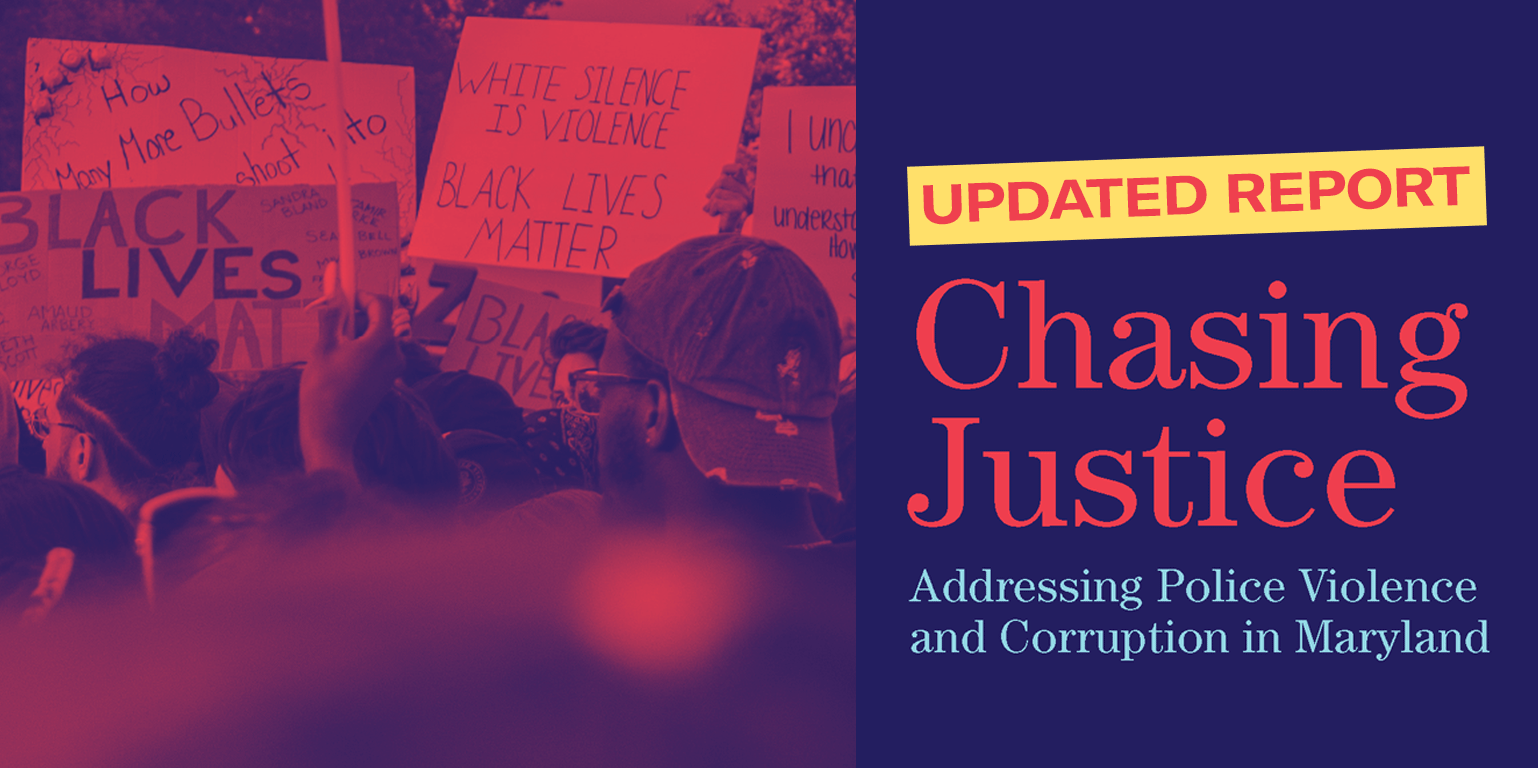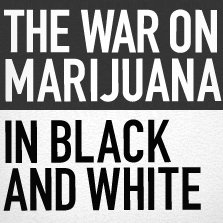Despite the many challenges presented as a result of the COVID-19 pandemic, 2020 was a year that marked dramatic changes in the way that Maryland voters exercise their right to vote. And amidst a widespread racial and social justice movement, the 2020 Primary and General Election showcased a historic and unprecedented level of determination by Maryland voters to make their voices heard in elections.
The Election Protection Team at the ACLU of Maryland worked to reduce barriers to voting and fight against voter disenfranchisement, particularly for voters who are Black, Indigenous, and People of Color. This report documents both the ACLU of Maryland’s Election Protection work for the 2020 Primary and General Elections and details recommendations to improve voting infrastructure, increase accountability of the State and Local Boards of Elections, and improve accessibility of the ballot, including for Marylanders in jails and prisons.
The report was created and edited by Amy Cruice and Cherie Deogracias, with design support from Lauren Frost and Nicole McCann.
Date
Thursday, May 20, 2021 - 1:30pm
Featured image
Show featured image
Hide banner image
Related issues
Voting Rights and Elections
Racial Justice
Rights of People in Prisons and Jails
Disability Rights
Documents
Show related content
Pinned related content
Voter Empowerment
Tweet Text
[node:title]
Share Image
Type
Menu parent dynamic listing
Show PDF in viewer on page
Style
Centered single-column (no sidebar)
Show list numbers
Between 2015 and 2019, there were 13,392 complaints of misconduct filed against 1,826 Baltimore City police officers and 22,884 use of force incidents in Baltimore. Among the many disturbing facts that the report, Chasing Justice: Addressing Police Violence and Corruption in Maryland, uncovers are that 91 percent of the people whom the police targeted with use of force were Black residents, and that six percent of Baltimore Police Department (BPD) officers received approximately 33 percent of all complaints.
Chasing Justice reviews and cross-analyzes data BPD provided to Code for America’s Project Comport, which includes with five years of information about misconduct complaints, use of force incidents, and officer-involved shootings, from 2015 through 2019.
The purpose of the report is to examine:
- Race disparities in different aspects of policing;
- How police departments contribute to violence in the community and further distrust of both the legal justice system and internal disciplinary process; and
- Consequences of failing to hold officers and departments accountable.
The facts exposed in Chasing Justice show why the five demands of a statewide coalition of more than 90 organizations in the Maryland Coalition for Justice and Police Accountability are so important, in particular why the Law Enforcement Officer’s Bill of Rights (LEOBR) must be repealed, why the Maryland Public Information Act (MPIA) must be reformed, why a statewide use of force bill is necessary, and why Baltimore must have local control of its police department.
Read the report
NOTE: In August 2021, the ACLU posted an updated report that clarifies how complaints are defined and calculated; lists officers involved in the highest number of incidents that resulted in complaints against them; and reflects officers who have not yet been identified from this analysis.
Date
Tuesday, January 19, 2021 - 9:15am
Featured image
Show featured image
Hide banner image
Related issues
Police Practices
Racial Justice
Due Process
Documents
Show related content
Pinned related content
Now is the time for impactful police reforms in Maryland
Tweet Text
[node:title]
Share Image
Type
Menu parent dynamic listing
Show PDF in viewer on page
Style
Standard with sidebar
Show list numbers
Using official FBI and U.S. Census data, the ACLU has analyzed arrest rates and trends for marijuana possession by race for every county in Maryland between 2001 and 2010. The results are shocking.
FINDINGS
The results of the ACLU’s analysis are detailed in the pages to come, but there were five overarching findings:
- Maryland now has one of the highest rates of arrests for marijuana possession in the nation.
- Between 2001 and 2010, arrests for marijuana possession increased dramatically in Maryland — by 34%.
- Even though Blacks and Whites use marijuana at comparable rates, police arrest Blacks for marijuana possession at higher rates than Whites in every county in Maryland.
- Racial disparities in marijuana arrests worsened dramatically in Maryland from 2001 to 2010. During that time, the number of Black arrests increased by 5,614 — but White arrests increased by only 371.
- Maryland spent approximately $106 million enforcing marijuana possession laws in 2010 alone.
RACIAL DISPARITIES BY REGION
See maps with regional information:
REAL STORIES
Hear the personal experiences of people caught in Maryland’s misguided marijuana possession arrest dragnet.

Read Chaz Slaughter's story
GROWING SUPPORT FOR REFORM
See national and Maryland poll data
WE CAN DO BETTER…
- In light of these shocking disparities and substantial costs, Maryland should join other states that have chosen to legalize, tax, and regulate marijuana.
- By treating marijuana use as a public health issue, rather than a criminal justice issue, we can address concerns about substance abuse without criminalizing people.
- Local officials, police chiefs, and prosecutors should agree to make enforcing marijuana possession laws among their lowest priorities.
- Law enforcement agencies should actively combat racial profiling and eliminate incentives for improper stops, searches, and arrests, by ensuring officers understand the law; tracking and reporting how police conduct stops and searches, and by taking corrective action when stops and searches are conducted improperly.
AND YOU CAN HELP! Join the movement to end the drug war.
- Tell the people in your life about the racial disparities and human and financial costs of treating marijuana as a criminal justice issue rather than a public health issue — at your job, at your place of worship, or anywhere else you can start a conversation.
- Speak out against harsh drug policies and the criminalization of communities of color — write letters to local officials, media or religious leaders using the data in the ACLU’s report.
- Organize a forum in your community to talk about these issues.
- Know your rights in interactions with police.
Date
Sunday, October 6, 2013 - 11:45am
Featured image
Show featured image
Hide banner image
Related issues
Legal Justice System
Racial Justice
Documents
Show related content
Tweet Text
[node:title]
Share Image
Type
Menu parent dynamic listing
Show PDF in viewer on page
Style
Standard with sidebar
Show list numbers
Featured video
Pages




